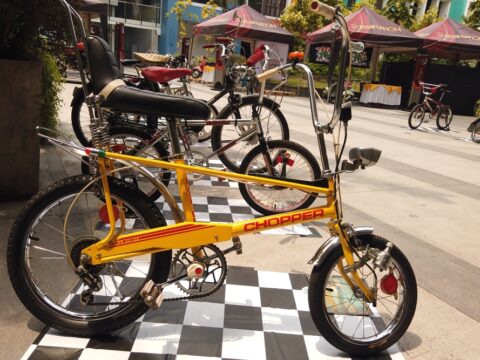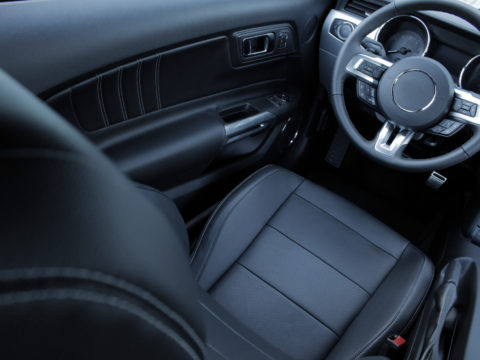Ever wondered what it’s really like on the racetrack? We’ve gathered 17 surprising facts straight from the race car drivers themselves. These insights will give you a peek into the thrilling world of racing and what makes the track such a unique and challenging place.
Contents
Track Surface Variation
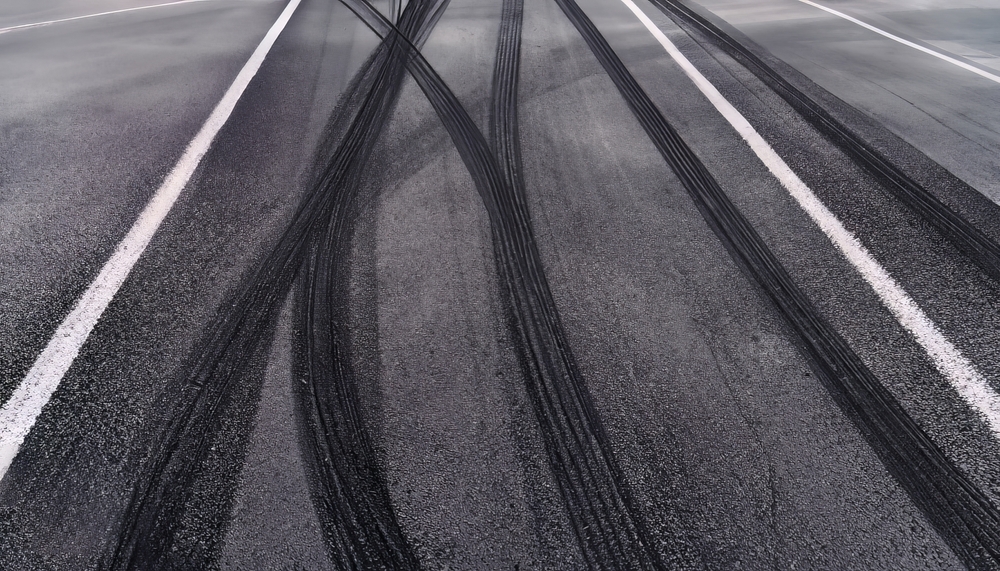
The texture and material of a track’s surface, whether it’s asphalt, concrete, or a mix, directly impact tire grip and car handling. Different tracks may feature varying degrees of roughness or smoothness, influencing how a car performs in terms of traction and control, making each track a unique challenge for drivers.
Temperature Impact
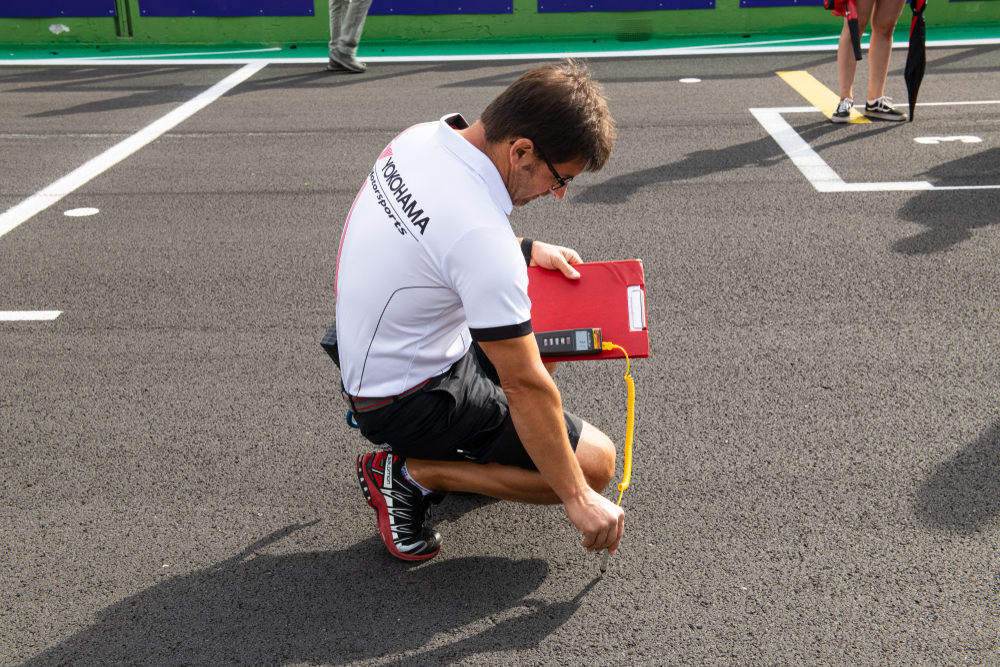
Track temperature can significantly affect tire performance. On hot days, tires can overheat, losing grip and wearing out faster, while cooler temperatures can cause tires to struggle to reach optimal performance levels. Drivers must adjust their driving style and tire choices based on the current and expected track temperatures.
Rubber Build-Up
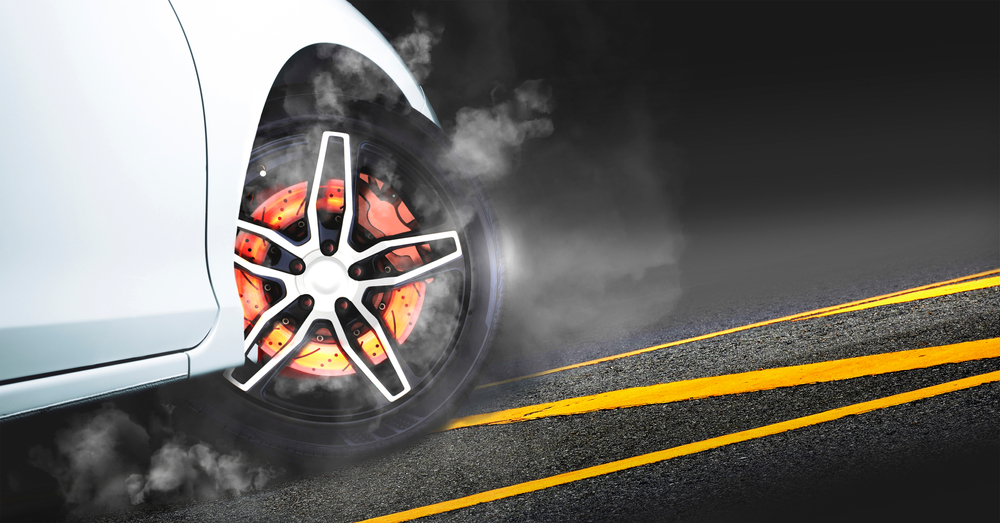
As cars race around the track, tire rubber accumulates on the surface, forming small pellets known as “marbles.” These marbles can be hazardous, especially if a driver veers off the main racing line, as they reduce traction and can cause the car to slide unexpectedly.
Elevation Changes
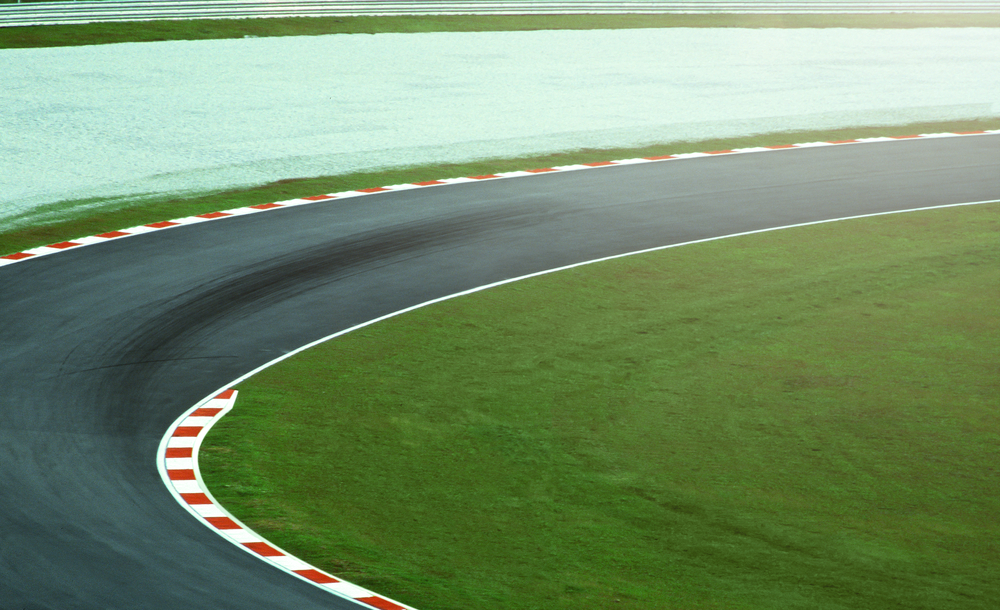
Tracks with varying elevations introduce additional complexity to racing. Uphill and downhill sections affect car speed and braking distances, requiring precise adjustments from the driver. These changes can create dramatic moments in a race as cars navigate these challenging sections.
Cornering G-Forces

When navigating high-speed corners, drivers experience intense G-forces, which can be physically demanding. These forces push the driver’s body against the seat, requiring significant strength and endurance to maintain control and precision throughout the race.
Pit Stop Precision
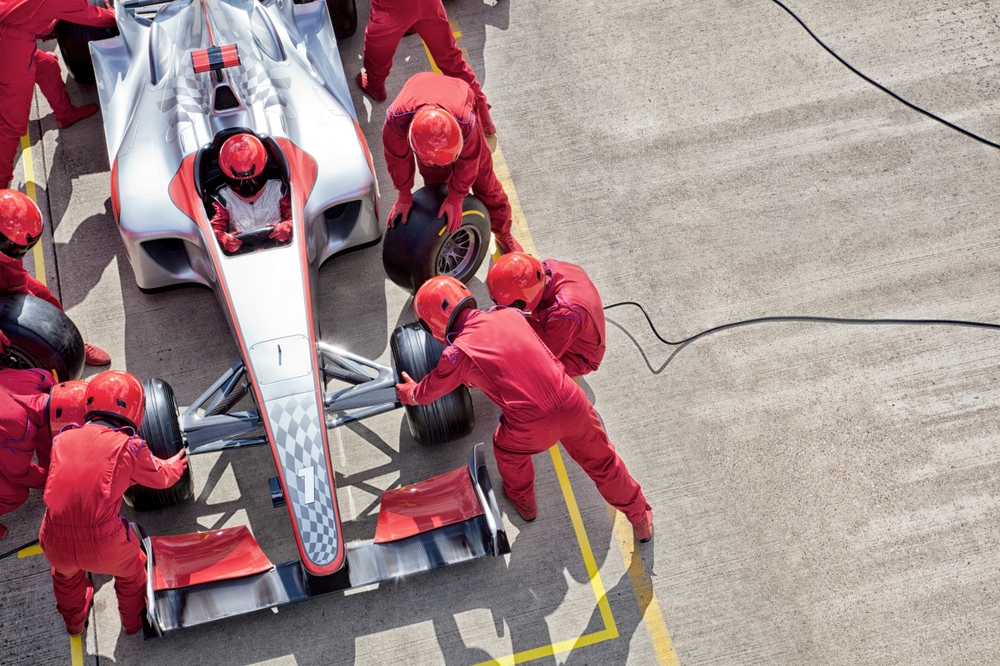
The efficiency of pit stops can make or break a race. Teams practice pit stops rigorously to shave off even fractions of a second, as a quick tire change or refueling can provide a crucial advantage. Every movement in the pit lane is choreographed to perfection to maximize speed.
Wind and Aerodynamics

Wind direction and speed can affect a car’s stability and overall performance. Headwinds slow down cars, while tailwinds can boost speed. Crosswinds pose a challenge by pushing the car sideways, requiring drivers to constantly adjust their steering to maintain a straight path.
Track Evolution
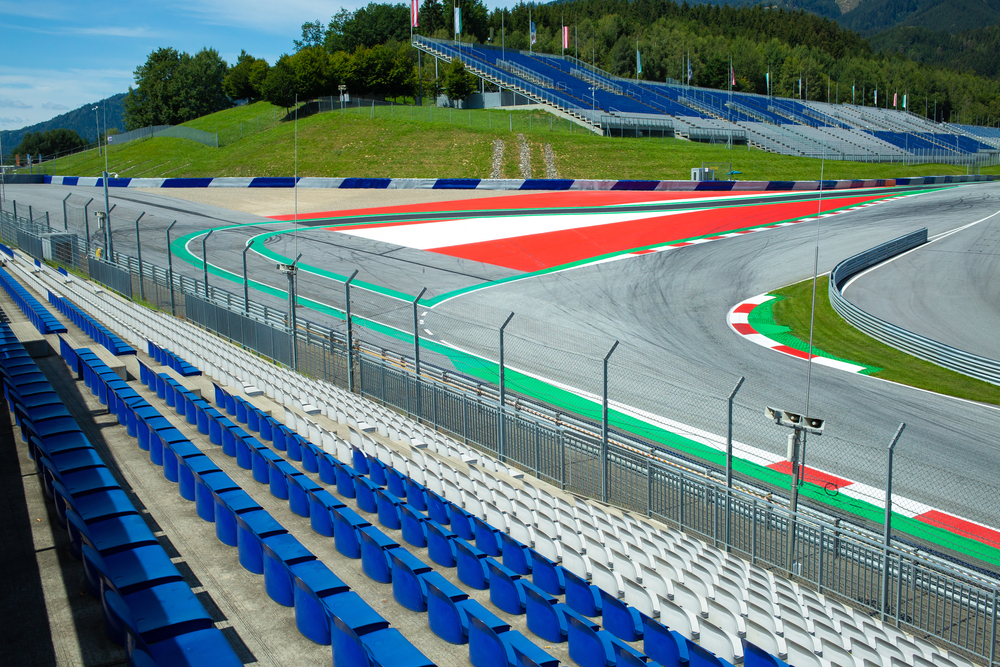
Over the course of a race, the track surface can change due to the build-up of rubber, changes in temperature, and the wear and tear of multiple cars racing over it. These changes can alter grip levels, requiring drivers to adapt their strategies as the race progresses.
Spotters’ Role
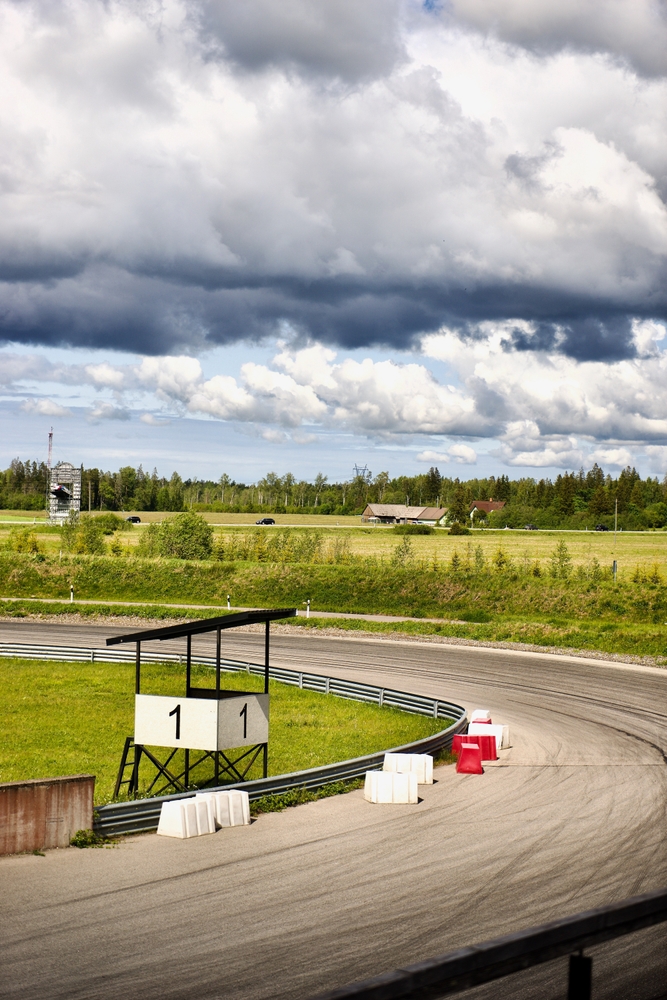
Spotters, positioned around the track, provide drivers with crucial information about track conditions, upcoming traffic, and competitor positions. This constant flow of information helps drivers make informed decisions and navigate the track more effectively.
Braking Points
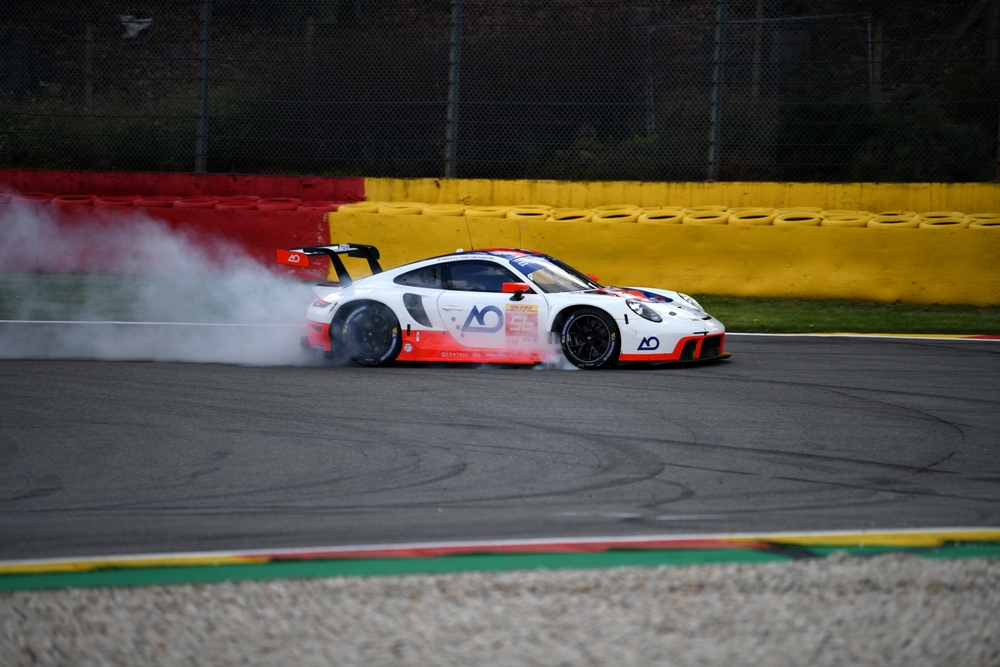
Each corner on a track has an optimal braking point, which drivers must memorize and hit precisely to maintain speed without overshooting the turn. Mastering these points is essential for maintaining a competitive pace and achieving the fastest lap times.
Tire Management

Managing tire wear and performance is critical to race success. Drivers must balance pushing their cars to the limit while preserving tire integrity to avoid unnecessary pit stops. Effective tire management can lead to better overall race performance and strategic advantages.
Drafting Benefits
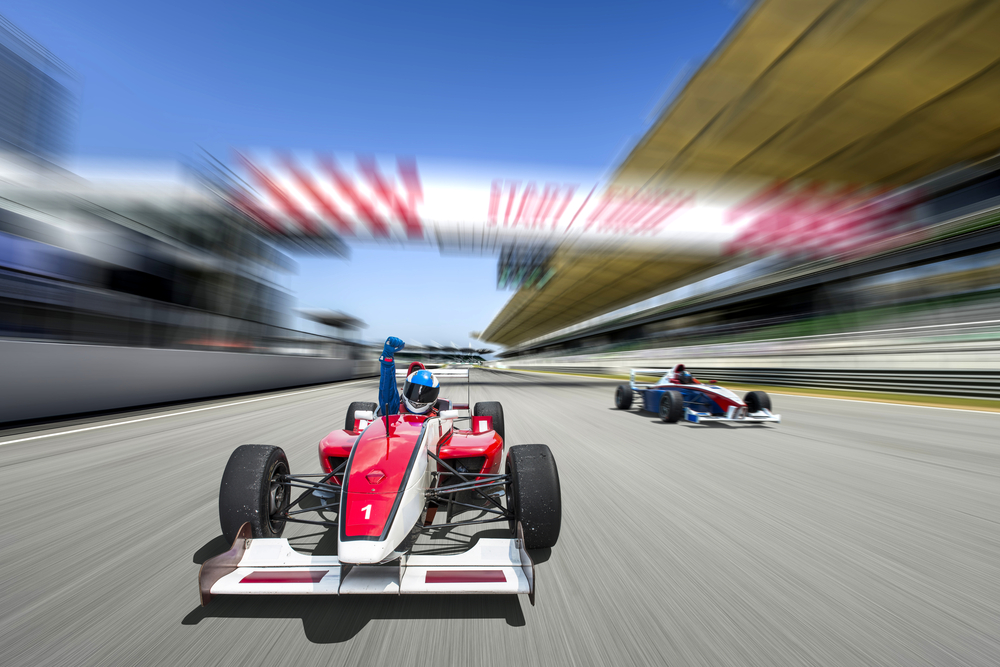
Drafting, or slipstreaming, involves driving closely behind another car to reduce aerodynamic drag and gain a speed boost. This technique can be used strategically to overtake competitors or save fuel, making it a valuable tool in a driver’s arsenal.
Fuel Strategy
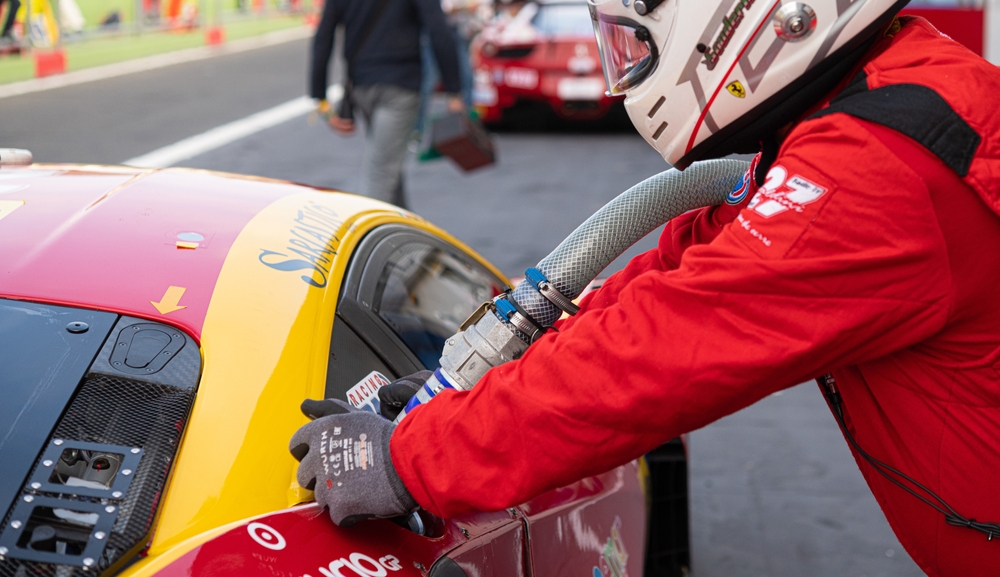
Efficiently managing fuel consumption is crucial in racing. Teams calculate fuel usage to determine the optimal times for pit stops, balancing the need to refuel with maintaining a competitive pace. Miscalculations can lead to running out of fuel before the race ends.
Track Limits
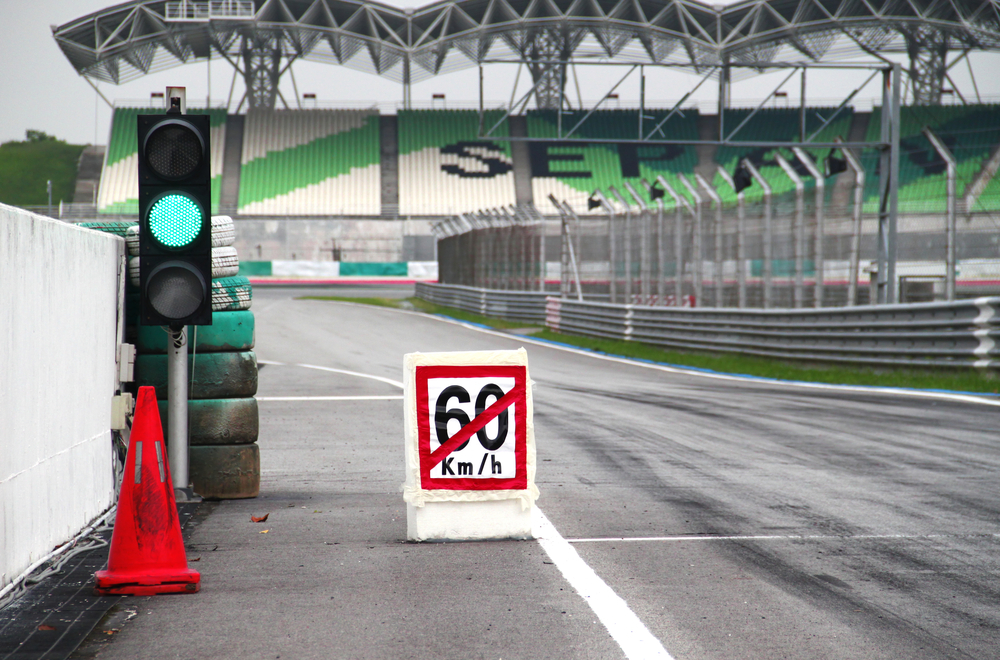
Staying within track limits is essential to avoid penalties. Exceeding these limits can lead to time penalties or disqualification, making it important for drivers to navigate the track accurately while pushing for the best possible performance.
Night Racing
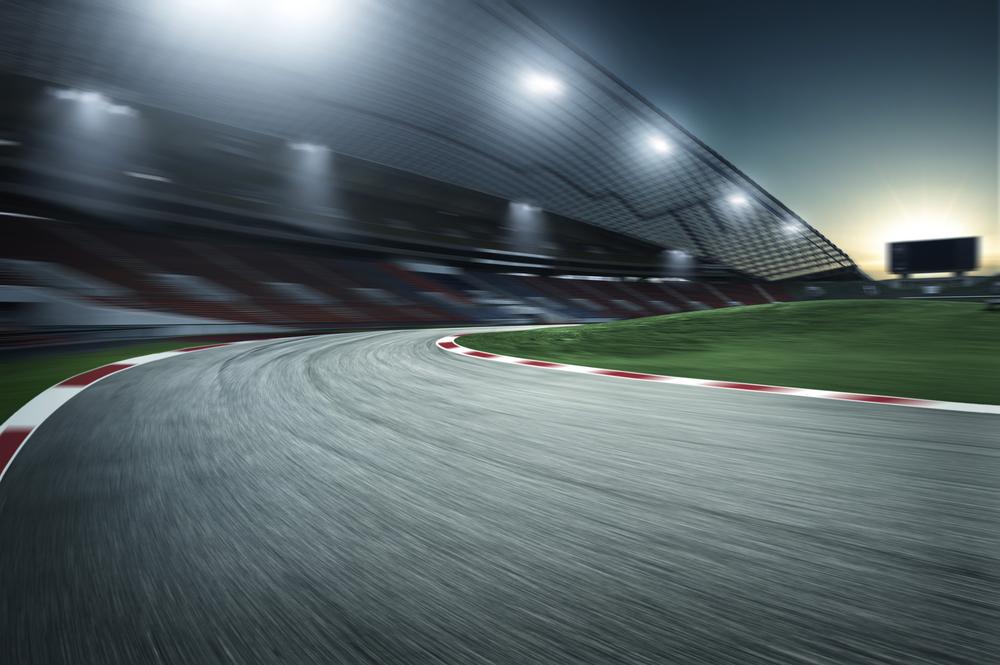
Night races introduce unique challenges such as reduced visibility and cooler track temperatures. Drivers must rely on artificial lighting and adapt their driving styles to these conditions, which can change the dynamics of the race compared to daytime events.
Track Debris
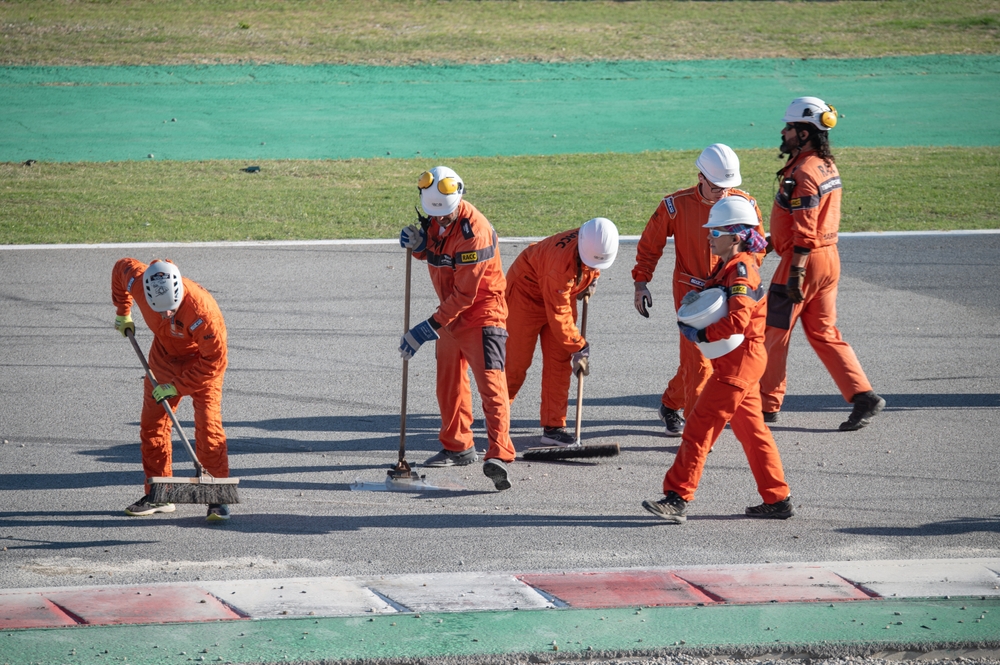
Debris on the track, such as parts from accidents or discarded tires, can cause significant damage to cars and lead to accidents. Drivers must remain vigilant and avoid these hazards to maintain their race position and safety.
Driver Fatigue
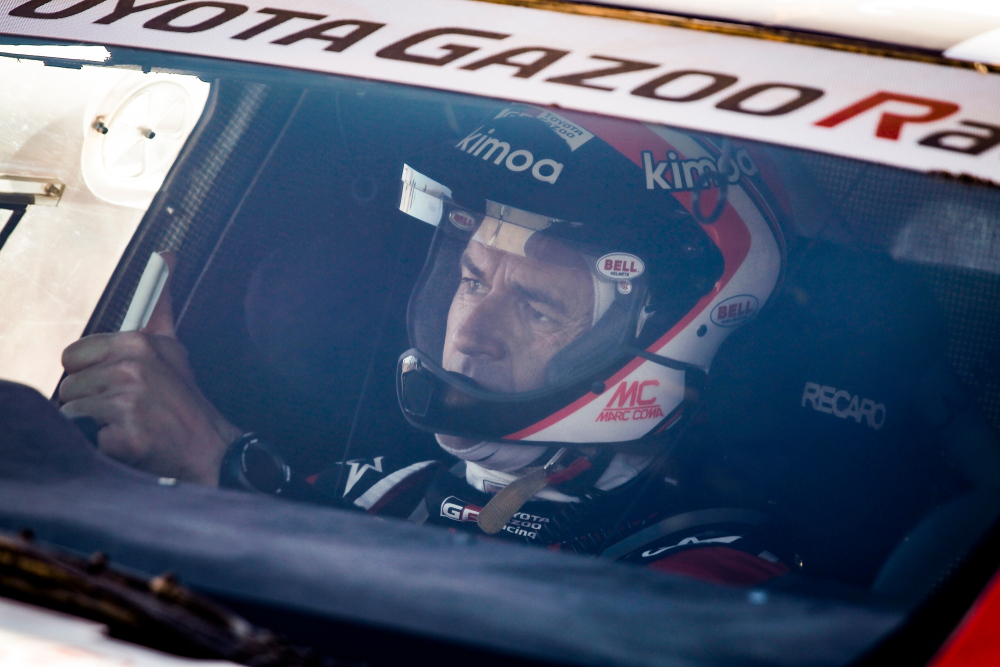
Long races test drivers’ physical and mental endurance. Maintaining concentration and performance over several hours requires peak fitness levels and mental resilience, as any lapse in focus can lead to mistakes and lost positions.
This article originally appeared in MyCarMakesNoise.
More from MyCarMakesNoise
20 Game-Changing Developments in Truck Manufacturing

Truck manufacturing has seen game-changing developments that have transformed the industry, making trucks more powerful, efficient, and versatile than ever before. From the integration of electric drivetrains and hybrid technology to advanced safety features like automatic braking and lane assist, these innovations are reshaping how trucks are built and driven. Read More
20 Best Backroads for a Peaceful Drive

For those seeking a break from the hustle of city traffic, backroads offer a peaceful and scenic escape. These quiet routes wind through countryside, forests, and rolling hills, providing a serene atmosphere perfect for leisurely drives. Read More
Top 20 Fastest Cars That Have Ever Hit the Streets

Speed has always been a thrilling aspect of automotive engineering, pushing the boundaries of what’s possible. Some cars have set remarkable records, becoming legends in the world of high-performance vehicles. Read More

